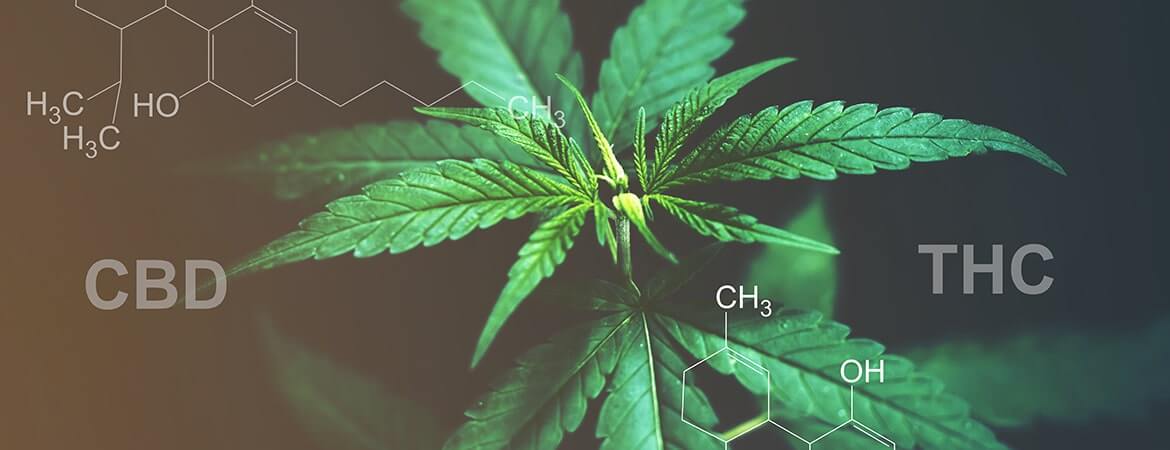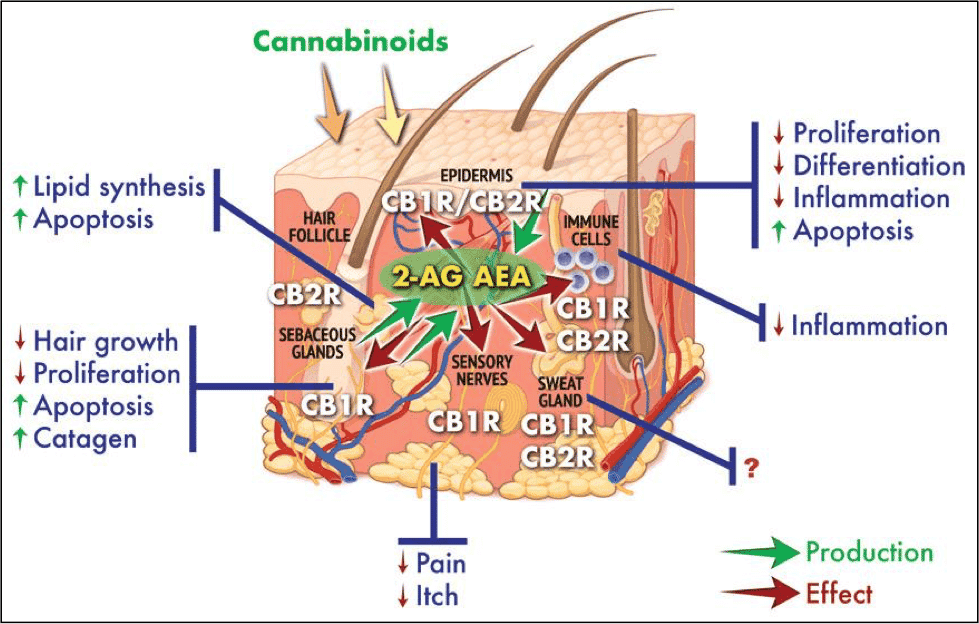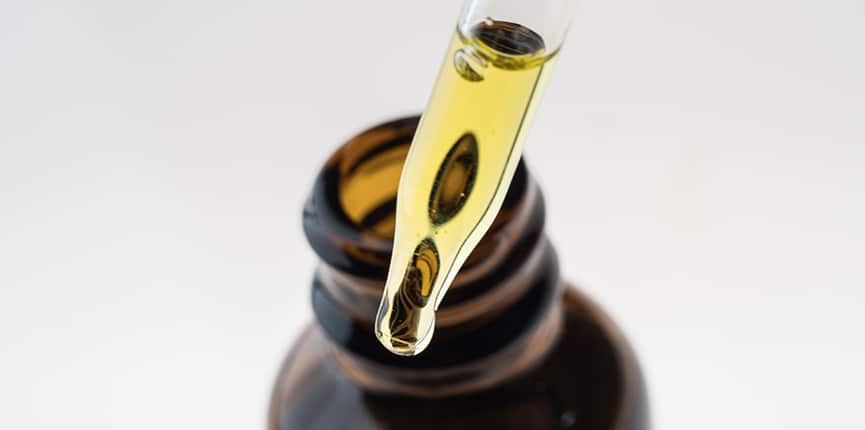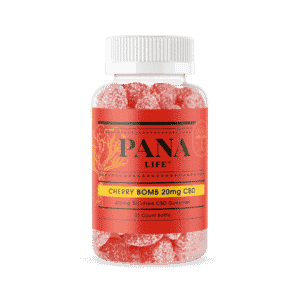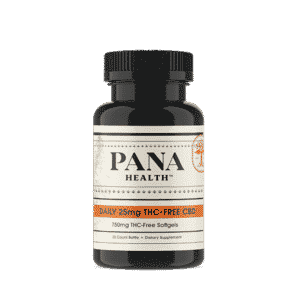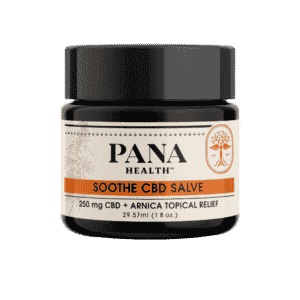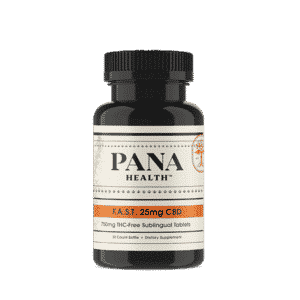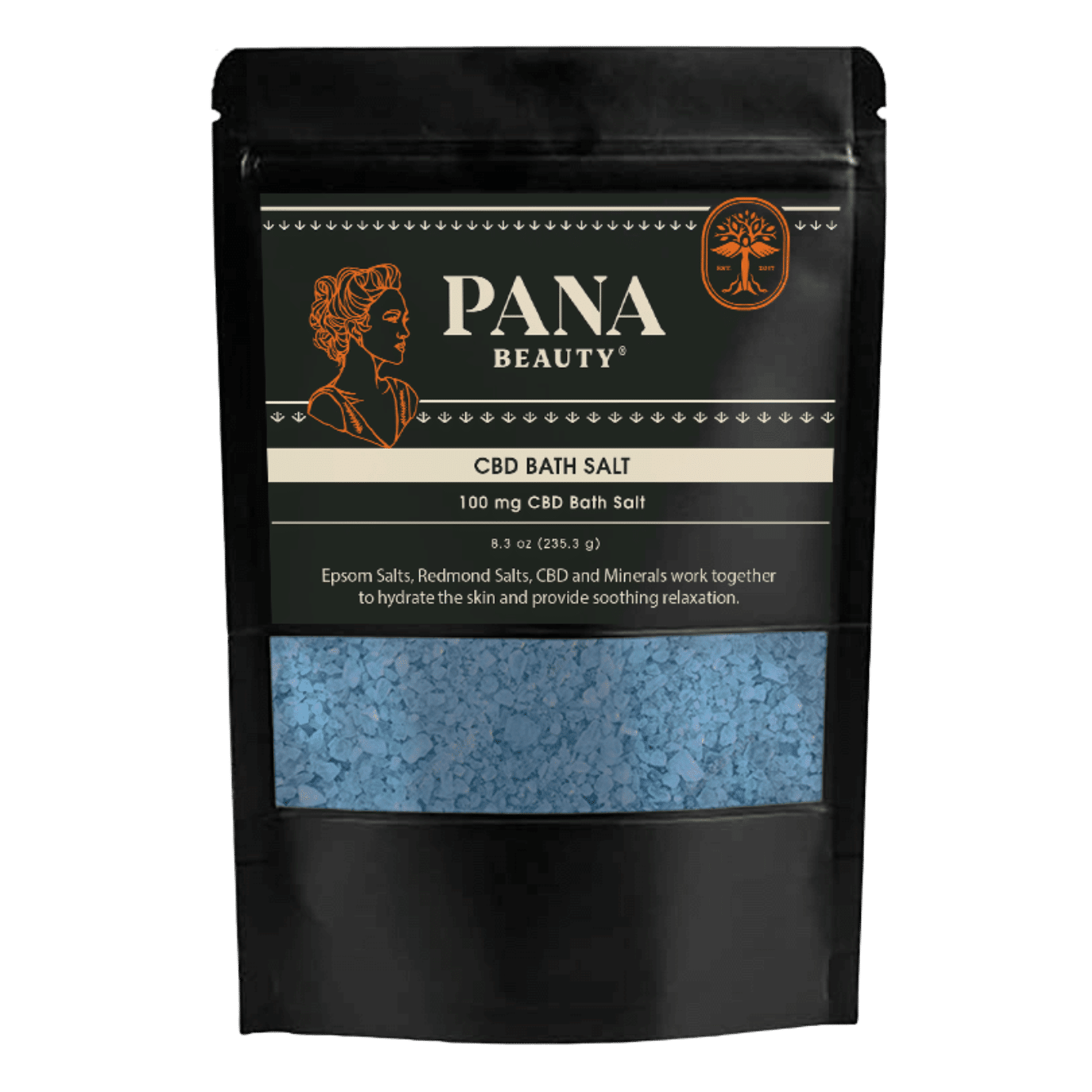Earlier this March, the FDA (U.S. Food and Drug Administration) released a report featuring “what you need to know and what we are working to find out” about cannabidiol (CBD) products and CBD in general. Do you use CBD? Do you know what CBD is? Should this change anything about the way you use CBD? Are people still using CBD after this report? These are all valid questions to ask. To answer these questions, we must first answer the question: what is CBD? As well as the difference between CBD and THC. After that, we here at Panacea Life Science will describe what the new FDA report stated and help navigate our readers through it all.
What is CBD?
CBD or cannabidiol is one of the 113 cannabinoids found in the Cannabis plant. CBD is a non-inebriating compound of the Cannabis plant that is often confused with THC (tetrahydrocannabinol). For a cannabis plant to be used for CBD, it must have less than .3% THC. Users of CBD have described the minor amounts of THC to be useful in a handful of different ways. Although there may be user descriptions of the product’s positive aspects, there is still little research that has been done on CBD. This is important to note as you investigate the potential benefits of CBD and CBD products. CBD reacts with a person’s (or furry friend’s) Endocannabinoid System (ECS). This system is a series of enzymes and receptors owned by all mammals. It is important to note that THC and CBD are very different from one another. How so you may ask? Let us explain.
The difference between CBD and THC
THC and CBD are usually found together, but, when extracted properly they can be completely separated, which is good given that they have very different effects. THC is the aspect of the Cannabis sativa plant that is mind-altering. CBD on the other hand, does not have mild-altering or inebriating effects on users. Marijuana has higher amounts of THC and is only legal in a handful of states and countries around the world. THC is still a Schedule 1 Controlled substance, while CBD-abundant hemp was declared legal by the 2018 Farm Bill in all 50 of the United States. So, this means that you can use CBD without worry of the “high” effect that THC gives you. Products with high THC content derived from the marijuana plant, however, are not legal in all of the states. But CBD products derived from hemp plants are. This is because of the percentage of THC in hemp plants versus the marijuana plant. For a Cannabis sativa plant to be deemed a hemp plant it must have at or less than .3% THC.
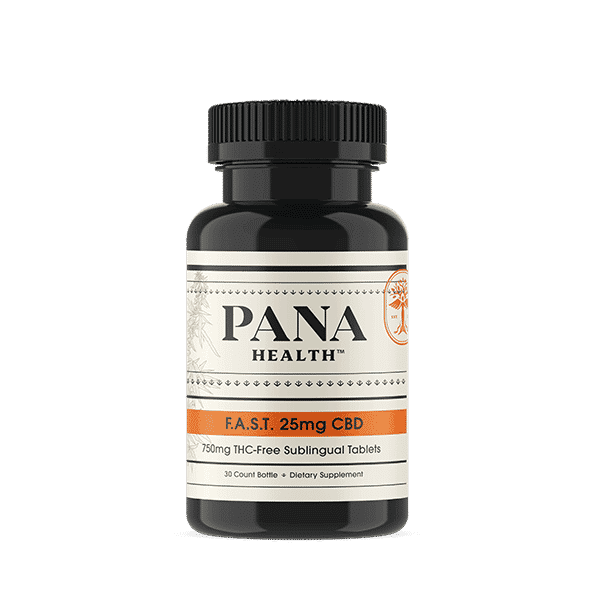
FDA New Report: What does it say? What does it mean?
In the new FDA report they state, “The FDA is working to answer questions about the science, safety, and quality of products containing cannabis and cannabis-derived compounds, particularly CBD.” Thank you, FDA! We are always wanting to understand more about CBD to give our customers the highest quality and the most information possible. Let’s dive in: here are some points of information that we have not yet covered in articles recently or new information. To read the report yourself click here.
- The FDA has approved one CBD-derived product, Epidiolex, which helps two severe forms of epilepsy.
- It is illegal to state that CBD is a dietary supplement or that it can be added to food.
- There are potential harms to using CBD. The FDA states these:
- CBD can cause liver issues
- CBD may affect the way medications work with your system
- Using CBD and alcohol or other drugs could slow brain activity
- There are potential side effects while using CBD these include:
- Drowsiness may occur
- Your appetite may change
- A change in mood may happen
- Then there are questions that the FDA, and us also, would like to see answered such as:
-
- What happens if you use CBD daily for a long period of time?
- What amount of CBD could cause the potential effects stated above?
- How do the different types of entering CBD into your system affect this?
- How does CBD affect children?
- What about newborns or babies who are being breastfed?
- Does CBD react differently when herbs or other plant materials are added?
- It is important to understand that there is limited information on CBD and this concern is valid and should be in the back of your mind as you research CBD. The FDA is actively working on answering these unanswered questions.
- Some CBD products advertise to cure medical conditions.
- Some CBD products are also being manufactured unsafely.
- The FDA is continuing to evaluate regulations of CBD and CBD-derived products.
The report concludes with, “The FDA is committed to setting sound, science-based policy. The FDA is raising these safety, marketing, and labeling concerns because we want you to know what we know. We encourage consumers to think carefully before exposing themselves, their family, or their pets, to any product, especially products like CBD, which may have potential risks, be of unknown quality, and have unproven benefits.”
Going Forward: What do we do?
With all of this information, what do we do? Should you use CBD? How do we make sure that our products are in line with the CBD regulations? Luckily for you, we here at Panacea Life Sciences take pride in special care in how we cultivate our CBD products. Here are our recommendations going forward with this information:
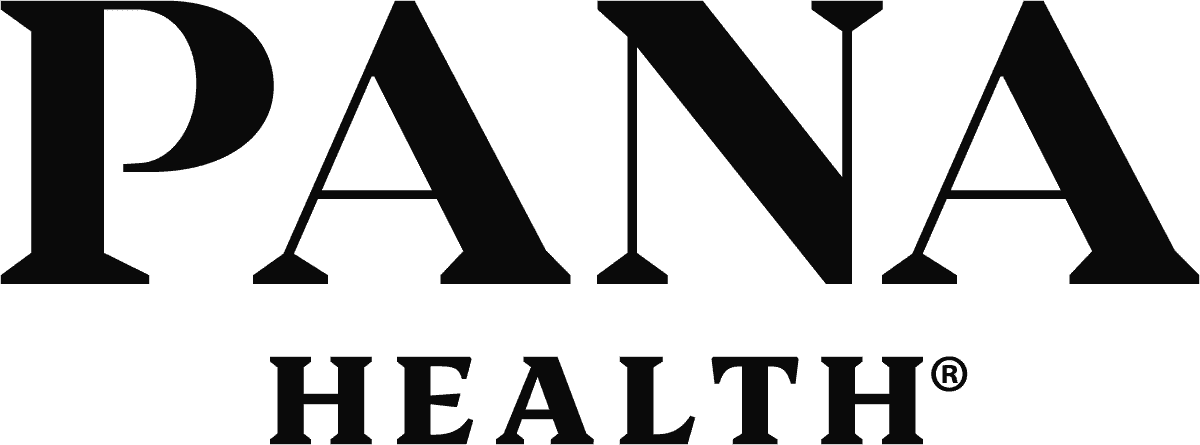
-
Sale!
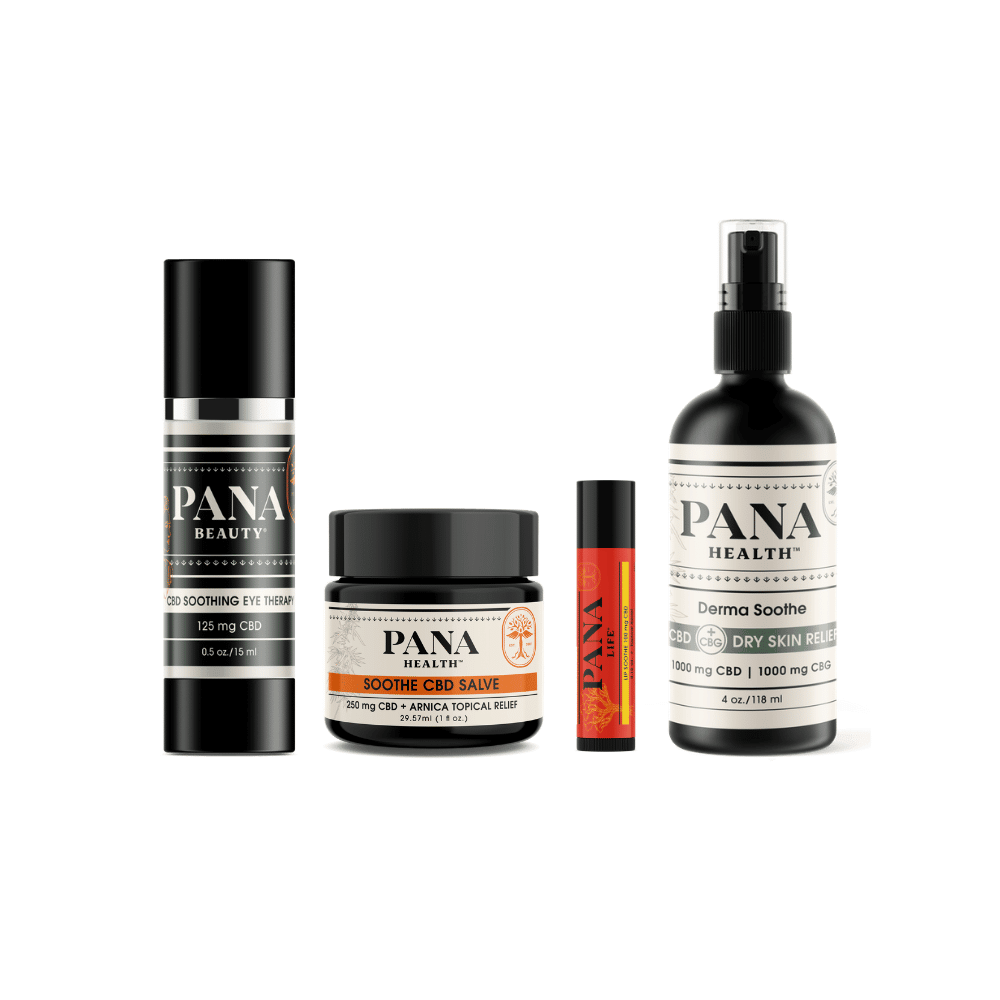
CBD Soothe Bundle
Bundle Price: $24.63 Add to cart -
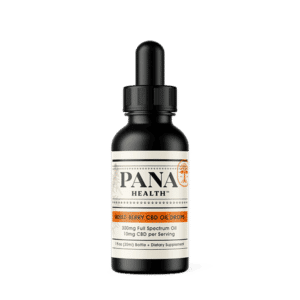
CBD Oil Drops (Full Spectrum)
From: $15.95 Select options This product has multiple variants. The options may be chosen on the product page -
Sale!
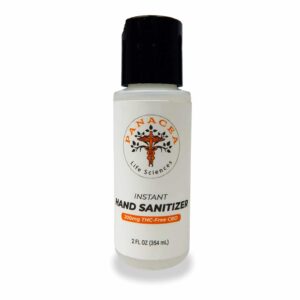
CBD Hand Sanitizer (5 Pack)
Original price was: $49.95.$1.99Current price is: $1.99. Add to cart
- Use caution when purchasing CBD products: this is an important aspect to think of when looking for CBD products. Not all CBD products are made equal and because of this there may be products out there that are unsafe, such as the FDA explained.
- Make sure you understand the process at which the CBD is extracted: extracting CBD from the hemp plant is an important process and if done incorrectly can cause harmful effects.
- Purchase CBD from a reputable source: do your research! Some CBD sources are not high quality and may not follow FDA regulations.
- A Certificate of Analysis from a third-party laboratory is an excellent place to start when wanting to know about the quality of a CBD product.
- Understand how to use it and why to use it: how and when and why you use a CBD product is important as using too much or too little may affect the way it helps or hinders potential benefits.
- Always speak with a healthcare professional before using CBD.
How are Panacea Life Sciences CBD products made (CBD extracted)?
There are three different ways that CBD is extracted from the Cannabis sativa plant. Panacea Life Sciences uses carbon dioxide or ethanol to extract our CBD from a hemp plant. This article explains three types of extraction methods. These include carbon dioxide, steam distillation, or hydrocarbon and natural solvents.
Conclusion
So, what do you do with all of this important information? Be cautious in the products you are using and what they claim to be. Panacea Life Sciences is dedicated to bring you the best products available as well as give you the knowledge you need to make the right decision for you.
Links:

